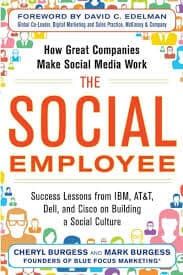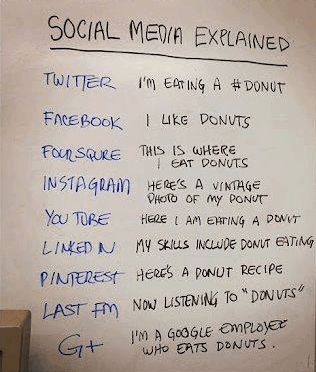IMD Professor Stefan Michel on LinkedIn and the future of learning in the workplace
LinkedIn recently announced that it was entering the professional development market. Surprisingly, this news barely caused a ripple. Will 22 September 2016 go down in history as a key milestone in the digital transformation of the professional development market? Only the future will tell.
The context is straightforward. In April 2015, Lynda Weinman and her husband Bruce Heavin sold the online video course provider Lynda.com to LinkedIn for an incredible USD $1.5 billion. Lynda.com had specialized in developing and marketing learning videos for over 15 years. The original focus was on training courses for software programs such as Photoshop, Excel and Adobe Illustrator. In recent years, Lynda.com had increasingly expanded its presence in the business arena, with videos on personnel, strategy and marketing.
The payment model at Lynda.com is one element that sets it apart from other online video providers such as Coursera, YouTube and TedX. Individuals and companies pay a monthly fee that allows them to view as much online learning video content as they like. Another differentiating factor is its investment in its selection of video authors and content, and in professional learning video production. Courses are complementary, are constantly updated and are of consistently high quality. Authors are paid in royalties. That means that when a Lynda.com user views a video, the author receives a share of the profit.
With the new “LinkedIn Learning” service, the entire instructional video library of around 9,000 videos is opened up to 450 million LinkedIn users for a monthly fee of USD $25 US, while LinkedIn Premium members are granted free access. Currently, most videos are in English, but there is a drive for production of German, Japanese and Spanish content.
So far, so good. Learning videos are certainly worthwhile, particularly when they are professionally directed and produced. But why is this development set to send tremors through the professional development market and established educational companies? First of all, LinkedIn has the world’s most vast and comprehensive database for careers, job descriptions and human resources development. 450 million CVs are constantly updated. LinkedIn knows who has worked in what position and for how long, who has which contacts, which content has been read and posted, and which ads have been clicked on. In the future, LinkedIn will also know who has watched which video tutorial, for how long, how often, in which country and on which platform. Using this data, LinkedIn can suggest very precise, personalized professional development strategies and exchange these with companies currently recruiting. Today, in the USA at least, it is standard practice for HR officers and company managers to look at employees’ LinkedIn profiles, rather than their personnel files, before important meetings.
However, LinkedIn does not only have access to the CVs of individual users. It also tracks the recruitment, professional development and promotion practices of companies. In 2015, LinkedIn was already generating around 55% of its USD $1.5 billion revenue by providing recruitment services for companies. Linking fully developed and differentiated LinkedIn recruitment services with a professional learning video library could soon become a gold standard for professional development programmers in companies. It goes without saying that university degrees, which require proof of study, interactive management seminars and workshops with corporate management and boards of directors, will not be on offer via LinkedIn tomorrow. But the market for the bulk of functional training courses will experience a seismic change as quick and big as when digital formats revolutionized the music media industry and the printed press.
For business schools, this develop comes with risks and opportunities. It is very clear that skill-based programs at high cost will not be competitive in the future. It is also clear that the design and production of any instructional videos will be measured against a higher standard, and mobile learning, rather than PC-based learning will become the norm. On the other side, the more frequent professionals upgrade their skills, the more they need help and guidance to apply, integrate, and synthesize their learning into the real world. The same is true for organizations: individual skill improvement is a necessary but not sufficient element of organizational capabilities. Helping organizations leverage and integrate those skills opens up many new opportunities for business schools like IMD.
This professional development revolution has been propelled by Microsoft’s announcement in June 2016 that it is to acquire LinkedIn for USD $26 billion. The scenarios made possible by a full integration of Lynda.com, LinkedIn and Microsoft are endless. It may well be, for example, that the data generated on individual companies will provide a clear overview of corporate culture and productivity, as well as management styles. Will LinkedIn become the largest fully networked classroom? Will established colleges and universities delegate professional development modules to LinkedIn Learning? Is Education 4.0 the follow-up to Industry 4.0?
Stefan Michel is professor of marketing and service management at IMD and director of IMD’s EMBA program. He also has two online-based learning courses Pricing Excellence in Tough B2B Markets (PE) and Marketing Management.





